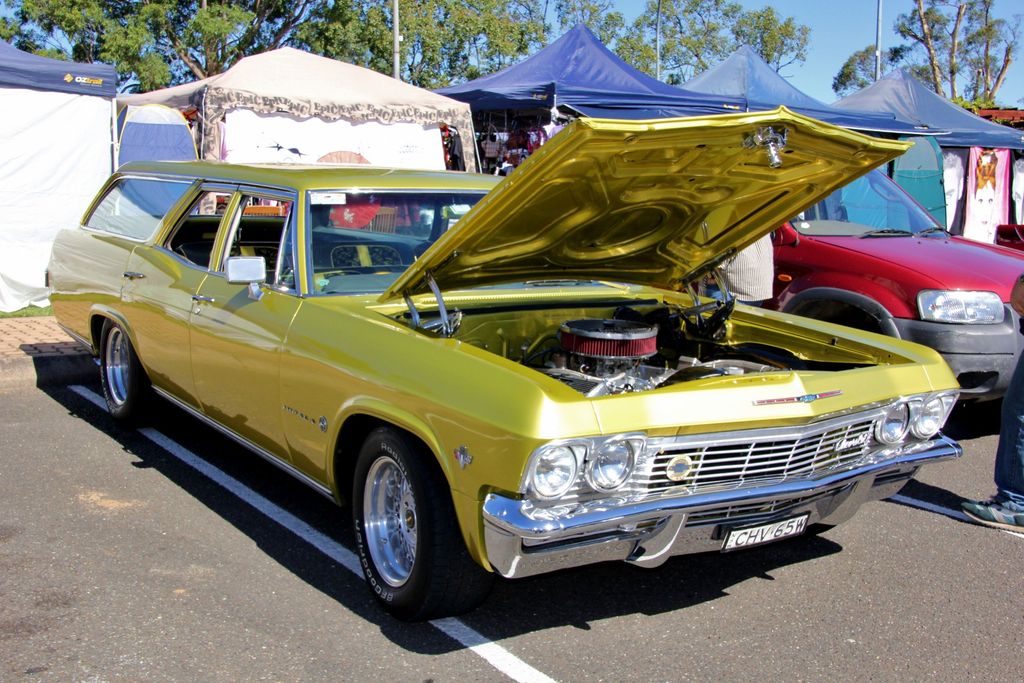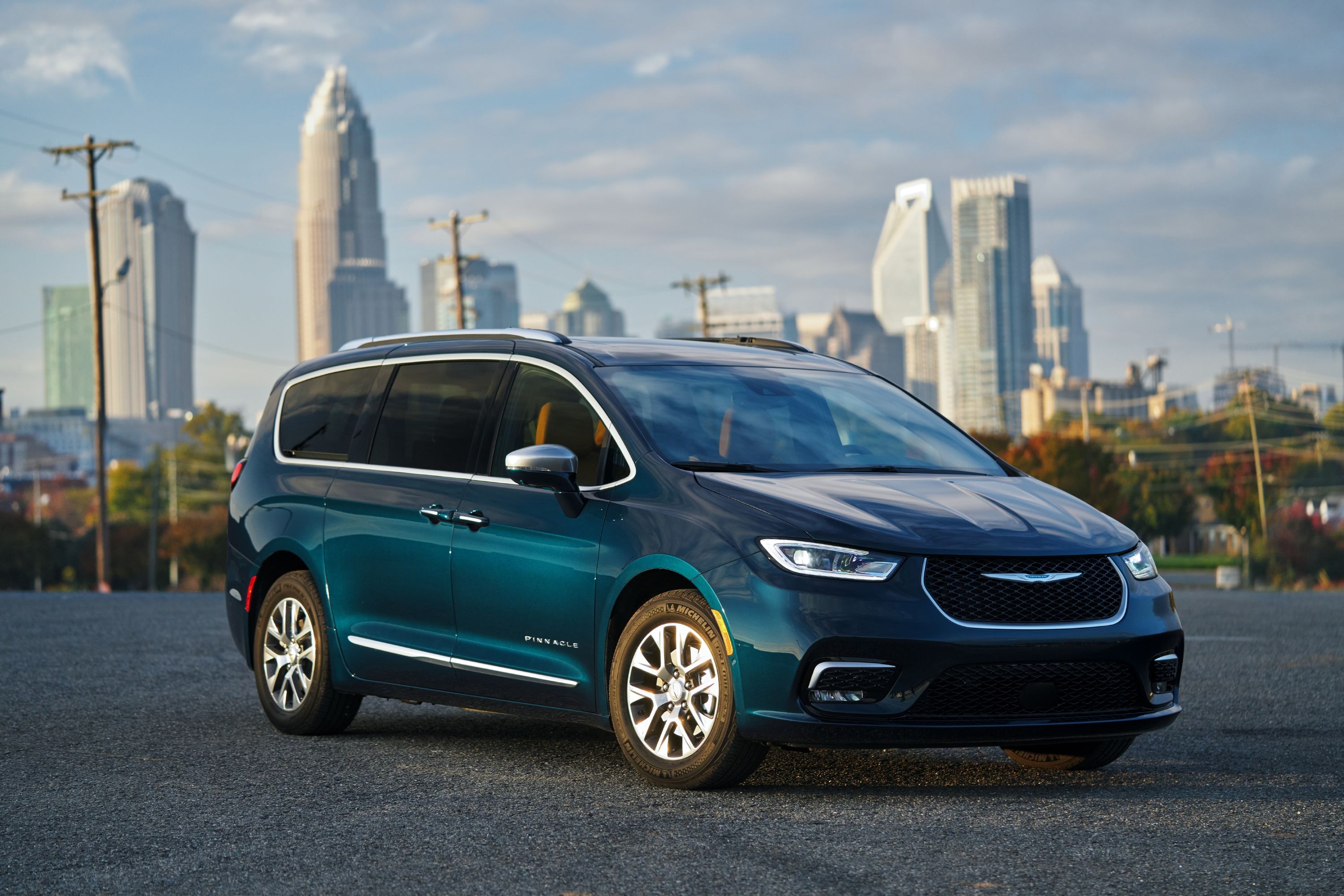
Introduction: Are You Driving a ‘Clown’ Car? Unmasking Minivans That Crash in Resale ValueHey there, savvy car shoppers and busy family managers! We all know the drill: finding that perfect family vehicle, one that expertly juggles carpools, road trips, and endless grocery runs. Minivans, for all their “uncool” reputation, are undeniably built for this very purpose – offering unparalleled comfort, cavernous space, and features designed to make daily life a breeze. But here’s the million-dollar question: is your beloved people-mover also secretly performing a disappearing act on your investment portfolio?
In previous talks, we’ve often championed the vehicles that cling to their original value with the tenacity of a toddler to their favorite snack. These are the unsung heroes that promise more cash back at trade-in time, helping you springboard into your next ride with a bigger down payment. However, the automotive landscape is vast, and not every vehicle is destined for a gold star in value retention. Today, we’re flipping the script to shine a spotlight on the other side of the ledger – those models that, sadly, hit their owners with the biggest average rates of depreciation over a five-year ownership period.
A recent, eye-opening study by the online vehicle marketplace iSeeCars.com meticulously sifted through the transaction prices of 800,000 five-year-old used cars sold from March 2024 to February 2025. Their mission? To uncover how much value vehicles truly lose (or, if you’re an optimist, preserve) after half a decade on the road. What they found reveals a fascinating and sometimes frustrating truth about certain segments of the market. While luxury cars and early electric vehicles often lead the charge in rapid value loss, a specific category of family vehicles — the minivan — has its own fair share of models that act like financial black holes. So, let’s peel back the curtain and get ready to discover which minivans might just be the “clown cars” of depreciation, leaving owners with less green than they started with.
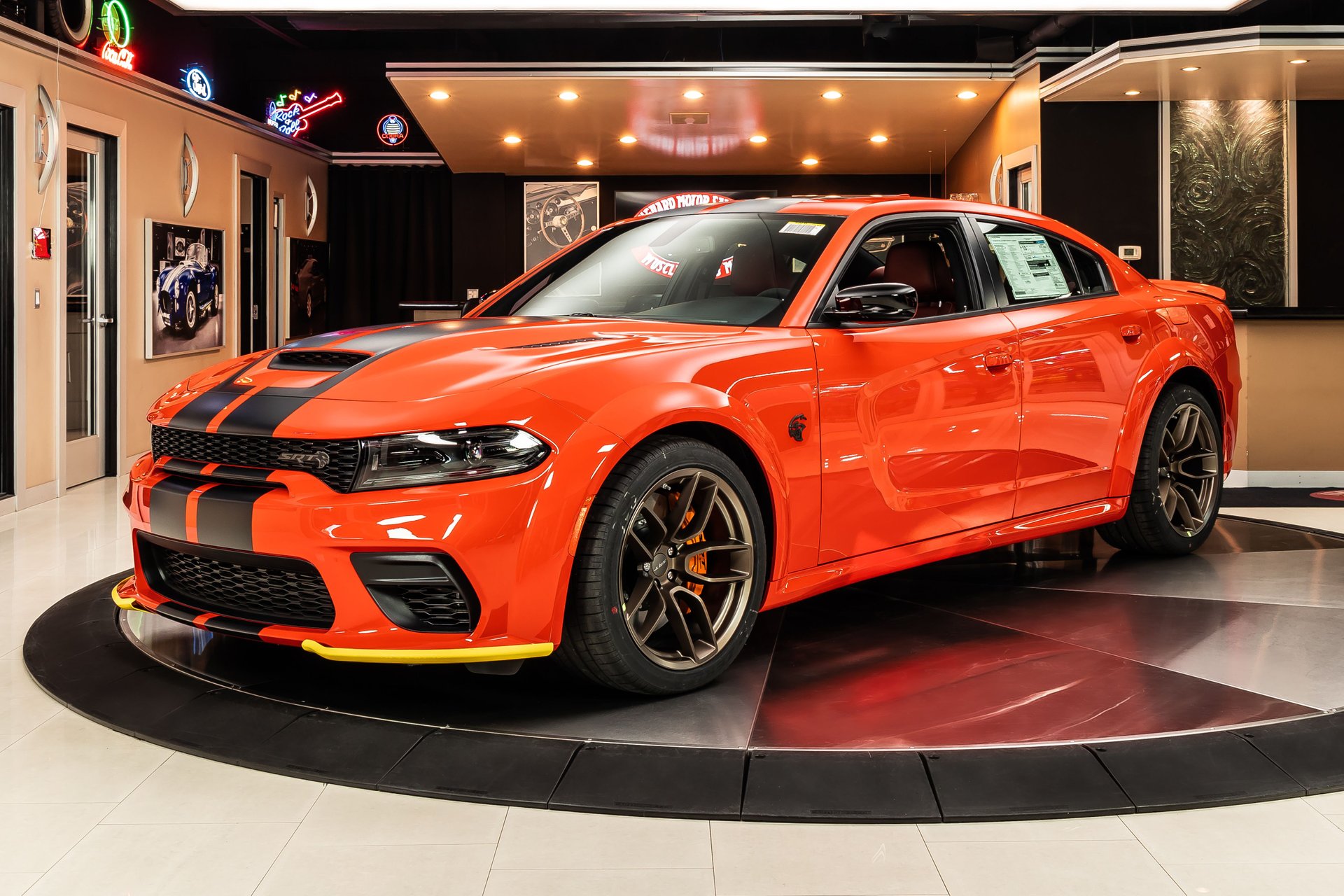
1. **Dodge Grand Caravan: The Once-Ubiquitous, Now Under-Valued Family Staple**The Dodge Grand Caravan was, for a remarkable span of decades, more than just a vehicle; it was an institution on American roads. It cultivated a loyal following as the quintessential family minivan, a familiar sight at school pick-up lines and vacation rest stops across the country. Its enduring popularity stemmed from a simple, yet powerful, combination of traits: an irresistibly affordable price point, a genuinely roomy interior that swallowed kids and gear with ease, and a no-frills, straightforward approach to family transportation. For many households seeking practicality without breaking the bank, the Grand Caravan was the undisputed, budget-friendly champion.
However, the relentless march of automotive progress eventually caught up, and the Grand Caravan, much like an aging rock star, found itself unable to keep pace with the evolving demands of its audience. As competitors introduced increasingly sophisticated models, featuring cutting-edge safety systems, integrated modern technology, and impressively improved fuel efficiency, the Grand Caravan’s familiar formula began to feel distinctly outdated. Its design, once a benchmark for utility, remained largely unchanged, making it seem less appealing against a backdrop of sleeker, smarter, and more eco-conscious rivals. This static evolution ultimately hampered its long-term appeal in a dynamic market.
A significant, and somewhat ironic, contributor to its rapid depreciation was its immense success during its prime. The Grand Caravan was produced in truly prodigious numbers throughout its extensive production run. This sheer volume meant that, over the years, the used car market became absolutely saturated with available units. The economic principle of supply and demand dictates that when there’s an overwhelming abundance of a product, its value naturally tends to decline. For the Grand Caravan, this meant that its widespread availability inevitably led to a swift and substantial drop in resale prices, regardless of how well an individual unit was maintained.
Furthermore, unlike its tenacious rivals, such as the perennially popular Toyota Sienna or the reliably robust Honda Odyssey, the Grand Caravan simply failed to cultivate the same level of sustained market demand in its later years. While those leading models continued to command strong interest and maintain impressive residual values, the Grand Caravan increasingly found itself positioned as a “cheaper alternative.” Families actively searching for used vans, often prioritizing modern features and a stronger reputation for longevity, consistently gravitated towards its more contemporary and value-retaining counterparts, leaving the Caravan a choice primarily for the most budget-conscious buyers.
Consequently, while the Grand Caravan’s initial affordability was undoubtedly a major draw, it proved to be a short-term gain for a long-term financial hit. Owners quickly discovered that even diligently cared-for Caravans depreciated at an accelerated rate, significantly faster than most other vehicles in its class. This makes it a less-than-ideal investment for anyone considering resale down the line, as the potential financial recovery is often minimal. The Grand Caravan serves as a compelling case study, highlighting how an aging design, market saturation, and a failure to innovate can collectively diminish a once-popular vehicle’s long-term financial viability, transforming it into a true ‘clown car’ of depreciation.
Car Model Information: 2019 Hyundai SANTA FE 2.4 Ultimate
Caption: 2011 Dodge Grand Caravan Mainstreet
Name: Dodge Grand Caravan
Manufacturer: Chrysler Corporation,Daimler AG,Chrysler LLC,Chrysler Group LLC,FCA US LLC
Class: Minivan
Layout: FF layout,F4 layout
Production: November 2, 1983 –August 21, 2020
ModelYears: 1984–2020
Related: Plymouth Voyager,Chrysler Town & Country (minivan),Dodge Mini Ram,Chrysler Voyager,Volkswagen Routan
Assembly: Windsor, Ontario,Fenton, Missouri,Fenton, Missouri,Fuzhou
Successor: Dodge Journey,Chrysler Voyager
Categories: All-wheel-drive vehicles, All articles with unsourced statements, Articles with short description, Articles with unsourced statements from December 2017, Articles with unsourced statements from May 2009
Summary: The Dodge Caravan is a series of minivans manufactured by Chrysler from the 1984 through 2020 model years. The Dodge version of the Chrysler minivans, was marketed as both a passenger van and a cargo van (the only version of the model line offered in the latter configuration). For 1987, the model line was joined by the long-wheelbase Dodge Grand Caravan. Produced in five generations across 36 model years, the Dodge Caravan is the second longest-lived Dodge nameplate (exceeded only by the Dodge Charger). Initially marketed as the Dodge counterpart of the Plymouth Voyager, the Caravan was later slotted between the Voyager and the Chrysler Town & Country. Following the demise of Plymouth, the model line became the lowest-price Chrysler minivan, ultimately slotted below the Chrysler Pacifica.
Sold primarily in the United States and Canada, the Dodge Caravan was also marketed in Europe and other international markets under the Chrysler brand (as the Chrysler Voyager or Chrysler Caravan). From 2008 onward, Dodge marketed the model line only as the Grand Caravan; Ram Trucks sold a cargo-only version of the model line as the Ram C/V Tradesman. The model line was also rebranded as the Volkswagen Routan from 2009 through 2014.
After the 2020 model year, the Dodge Grand Caravan was discontinued, ending production on August 21, 2020. For 2021 production, the Grand Caravan nameplate was moved to Chrysler, which used it for a Canadian-market version of the Chrysler Pacifica (in the United States, the exact vehicle was marketed as the Chrysler Voyager).
For its entire production run, the Dodge Caravan/Grand Caravan was manufactured by Chrysler Canada (now Stellantis Canada) at its Windsor Assembly facility (Windsor, Ontario). From 1987 until 2007, the model line was also manufactured by Chrysler at its Saint Louis Assembly facility (Fenton, Missouri). Since their introduction in late 1983, over 14.6 million Chrysler minivans have been sold worldwide (including export versions and versions sold through rebranding).
Get more information about: Dodge Caravan
Buying a high-performing used car >>>
Brand: Dodge Model: Grand Caravan
Price: $21,898 Mileage: 51,164 mi.

2. **Chrysler Voyager: The Budget Bet That Backfired on Resale**The Chrysler Voyager arrived on the scene with a clear, albeit challenging, mandate: to serve as a more accessible, budget-friendly variant of the highly regarded Chrysler Pacifica. The strategy was to attract families seeking the essential utility of a minivan without the higher price tag associated with all the bells and whistles. On the surface, this seemed like a perfectly reasonable approach, targeting a segment of the market where cost-effectiveness often trumps premium features. It aimed to be the practical choice, offering core minivan functionality at a palatable price.
However, the Voyager’s inherent position as a “budget” option ultimately became its undoing in the fierce competition for resale value. Its design deliberately omitted many of the advanced features and refined touches that made its more upscale sibling, the Pacifica, so compelling and popular. Key modern safety technologies, desirable luxury amenities, and the more premium interior materials that contemporary drivers increasingly expect were frequently absent or relegated to higher, less common trim levels. Families who were looking for a vehicle that offered both immediate utility and enduring appeal quickly noticed these significant differences, making the Voyager a less attractive long-term proposition.
Moreover, the Voyager faced an uphill battle against the established giants of the minivan segment. It was directly pitted against formidable, trusted models like the Toyota Sienna and the Honda Odyssey, both of which boast stellar reputations for unwavering reliability and consistently strong resale values. When consumers had the option, they often displayed a clear preference for investing a little more upfront in these proven champions, confident that they would retain more of their value over time. The Voyager struggled to articulate a compelling unique selling proposition that could genuinely sway buyers away from these dominant, value-retaining alternatives.
As a direct consequence of these market dynamics, demand for the Chrysler Voyager remained consistently subdued. Dealerships frequently found themselves with an excess of Voyager inventory, leading to models sitting on lots for extended periods. To stimulate sales and clear stock, prices inevitably had to be lowered, and often quite aggressively. This pattern of weak demand and necessary price reductions firmly established the Voyager as one of the fastest-depreciating minivans available, a tough pill to swallow for any owner hoping to preserve their initial investment. The vehicle’s journey from new to used market was typically a rapid slide down the value ladder.
While a pre-owned Voyager might still appear to be a tempting deal for families constrained by the tightest of budgets, its performance from an investment perspective is undeniably poor. Its tendency to shed value so quickly introduces a substantial financial risk for anyone planning to sell or trade it in the future. This sharp depreciation highlights the crucial role that perceived value, feature sets, and intense market competition play in determining a vehicle’s long-term financial health. The Voyager, unfortunately, exemplifies how a well-intentioned budget strategy can inadvertently lead to significant resale value struggles, truly living up to the ‘clown car’ moniker when it comes to financial retention.
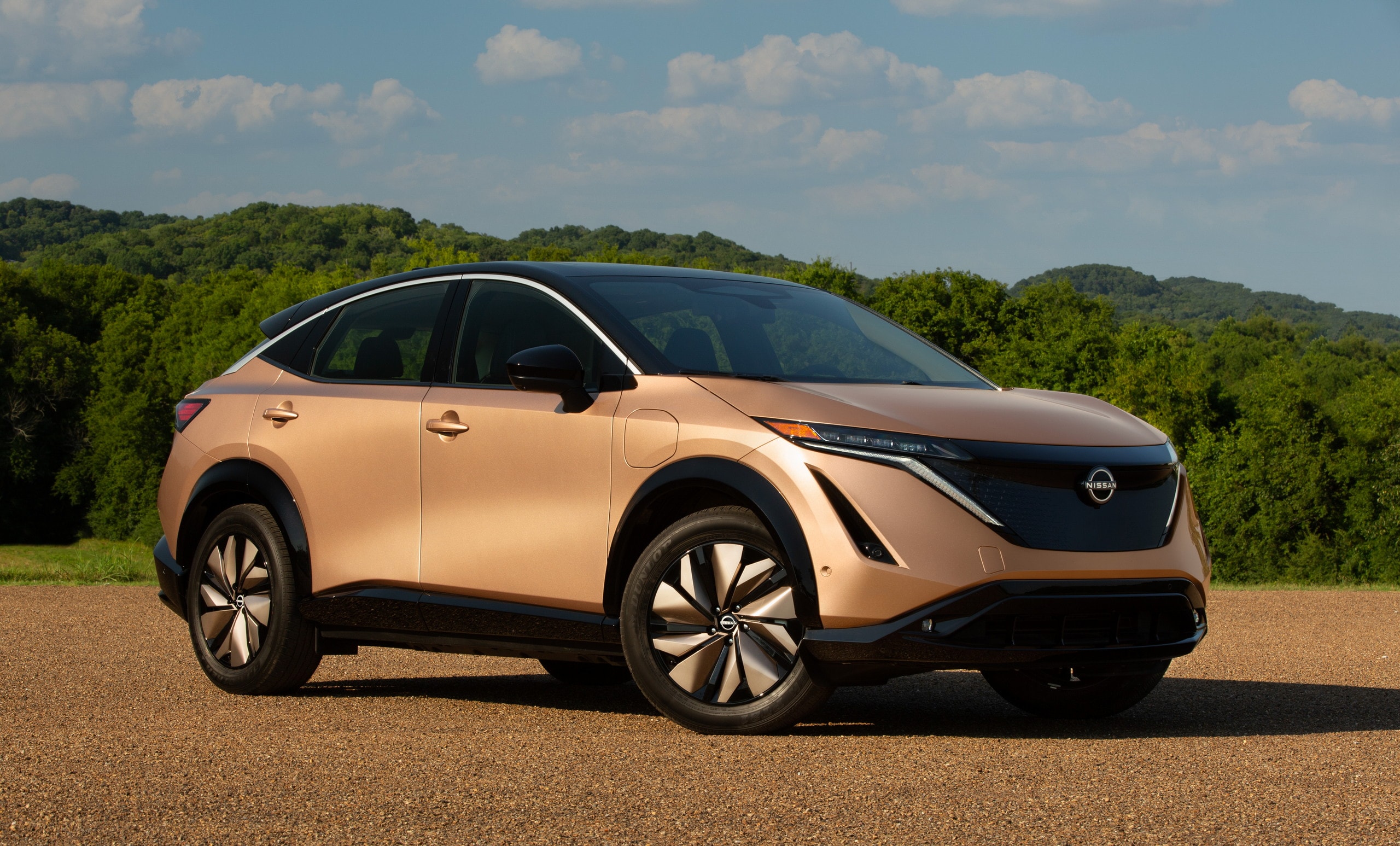
3. **Nissan Quest: The Bold Design That Failed to Conquer Depreciation**The Nissan Quest represented a distinctive and somewhat audacious foray by Nissan into the highly competitive minivan segment. From its inception, it aimed to challenge the status quo, promising a unique blend of bold, unconventional styling and a notably spacious interior. It sought to differentiate itself, offering something beyond the traditionally conservative designs prevalent in the family vehicle market. Initially, it seemed poised to present a fresh alternative, a minivan with a bit more personality and flair than its more conventional rivals.
However, this very attempt at bold differentiation proved to be a double-edged sword, ultimately becoming a significant impediment to the Quest’s market acceptance and, crucially, its resale value. The Quest’s exterior design was, to be polite, polarizing; it either captured attention or repelled it. While a niche group of consumers might have appreciated its experimental and less conventional aesthetic, the vast majority of families shopping for a minivan overwhelmingly preferred more traditional, universally appealing, and overtly practical designs. This distinct visual identity, rather than being a broad selling point, inadvertently made the Quest a challenging vehicle to market and sell to a wider audience.
Compounding its design-related struggles was Nissan’s occasionally inconsistent reliability track record, particularly when juxtaposed against the sterling reputations of industry stalwarts like Toyota and Honda. Many prospective buyers expressed concerns or had prior experiences related to the long-term dependability of Nissan vehicles. These perceptions directly and negatively impacted the Quest’s appeal, especially for families whose primary consideration for a minivan is its ability to serve as a reliable, trouble-free workhorse for many years, if not a decade or more. The absence of an ironclad reputation for mechanical fortitude made many cautious buyers simply look elsewhere.
Unsurprisingly, sales figures for the Quest remained disappointingly low throughout its production run, a clear indicator that its unique proposition wasn’t resonating with the broader target demographic. This persistent struggle in the marketplace eventually compelled Nissan to discontinue the model entirely, effectively removing it from the new vehicle lineup. With no successor or new models to generate ongoing interest or maintain brand presence, the inherent value of used Quest vehicles began a precipitous decline. In the absence of sustained market demand, both dealerships and private sellers faced immense pressure to drastically lower prices simply to offload their dwindling inventory.
Even in the current used car market, the Nissan Quest consistently ranks among the weakest performers in terms of resale value within the minivan segment. Families, as a general rule, place greater trust and investment in brands renowned for their proven durability and strong market presence, leaving the Quest as a low-cost, high-depreciation option. It stands as a vivid and classic illustration of how a combination of controversial design, lingering reliability concerns, and ultimately, a critical lack of market demand can conspire to diminish a vehicle’s long-term financial viability. The Quest’s journey from a unique contender to a fast-depreciating “clown car” is a cautionary tale in automotive product strategy.
Okay, savvy shoppers, we’ve already pulled back the curtain on the first three minivans that, let’s just say, perform a little too well in the disappearing act when it comes to their value. But our journey into the fascinating, and sometimes frustrating, world of minivan depreciation isn’t over yet! We still have a couple more ‘clown cars’ to uncover before we zoom out and talk about why all this matters for your family’s finances.
So, buckle up, because we’re about to dive into the final two contenders for the steepest depreciation crown. These vehicles, for various reasons, just couldn’t quite hold onto their value, leaving owners with a bit less in their pockets than they might have hoped. Let’s shine a light on them, shall we?
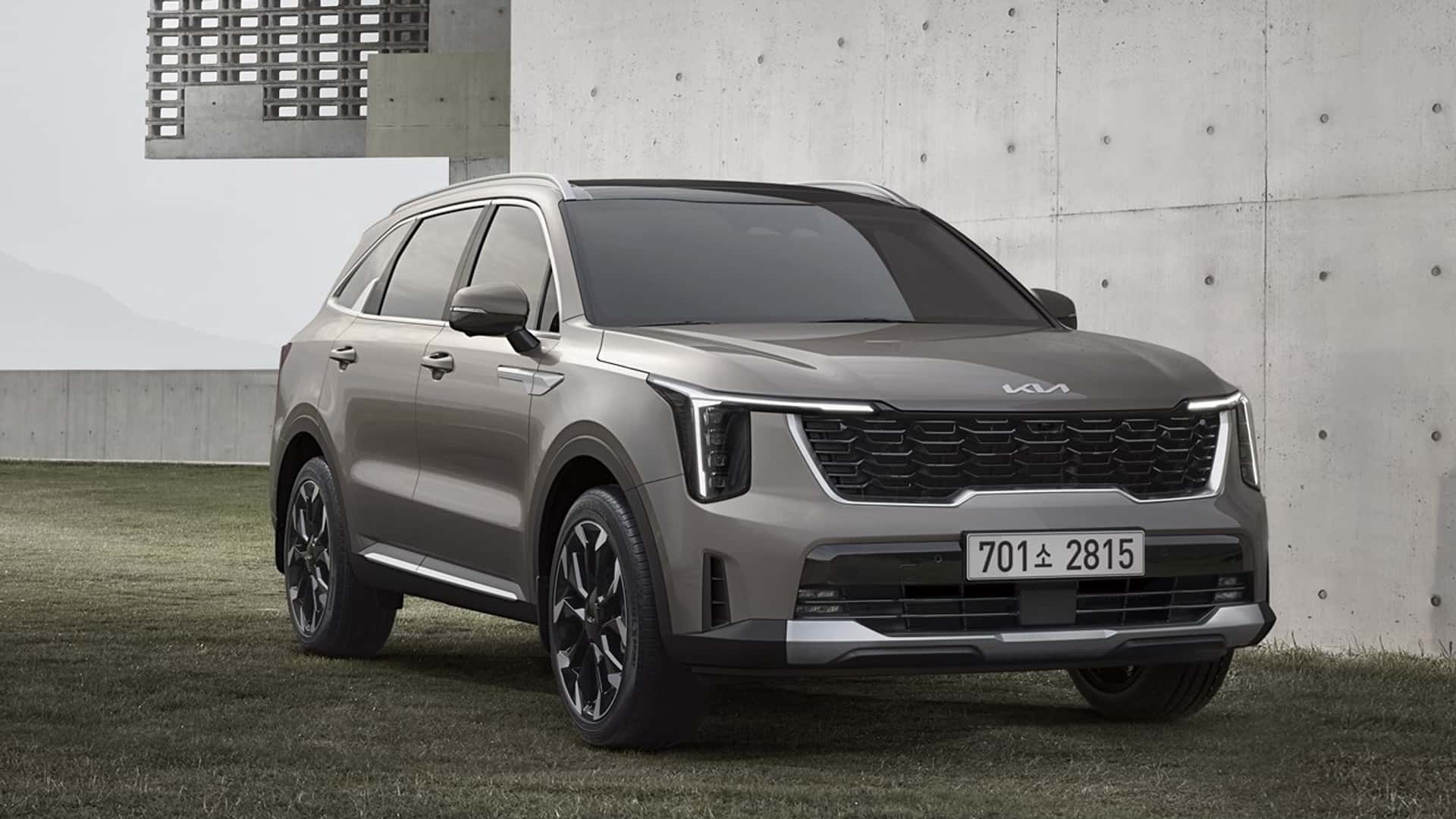
4. **Kia Sedona: The Budget Challenger That Couldn’t Outrun Depreciation**Before the sleek and stylish Kia Carnival came along to steal the show, the Kia Sedona was the brand’s workhorse family van. It offered a solid, often affordable, option for families needing space and practicality. For many years, it served its purpose well, providing reliable transport without the hefty price tag of some rivals. However, despite its efforts, the Sedona just never quite managed to carve out a dominant niche or build the kind of bulletproof resale value enjoyed by industry giants like the Toyota Sienna or Honda Odyssey.
One of the biggest hurdles the Sedona faced was its market perception. Many buyers, fairly or unfairly, tended to view it primarily as a ‘cheaper alternative’ rather than a direct, head-to-head competitor. This budget-friendly image, while appealing at the initial purchase, unfortunately translated into faster depreciation rates when compared to minivans from brands with a stronger reputation for value retention and long-term reliability. It’s a classic case of what you gain in upfront savings, you might lose when it’s time to sell.
Another significant factor impacting the Sedona’s resale strength was its feature set, especially in earlier models. While Kia consistently improved the Sedona over its lifespan, earlier iterations often lagged behind rivals in offering the most advanced safety technologies and cutting-edge infotainment systems. Families who prioritized these modern conveniences often gravitated towards other vans, which naturally kept demand for used Sedonas relatively subdued in a highly competitive market.
And then came the game-changer: the Kia Carnival. When Kia introduced the Carnival, with its SUV-like styling and more premium interior, it essentially pulled the rug out from under the Sedona’s resale value. Buyers quickly flocked to the newer, more appealing model, leaving existing Sedona owners with vans that suddenly felt even more outdated. This shift accelerated depreciation, making the Sedona an even tougher sell in the used market and driving prices down further.
So, while a used Sedona can still represent a decent budget-friendly purchase for families on a really tight budget, it’s clear that from an investment standpoint, it doesn’t hold its value particularly well. The Sedona’s journey highlights just how crucial brand image, up-to-date technology, and timely model refreshes are in shaping a vehicle’s long-term financial viability in today’s rapidly evolving automotive landscape. It’s a minivan that might get you where you need to go, but perhaps not with the most cash left in your pocket later.
Car Model Information: 2020 Kia Sedona LX
Name: Kia Carnival
Caption: Kia Carnival (KA4)
Manufacturer: Kia
Aka: Kia Sedona (1999–2021)
Production: January 1998–present
ModelYears: 2002–present (North America)
Class: Minivan
BodyStyle: minivan
Layout: Front-engine, front-wheel-drive layout
Categories: 2000s cars, 2010s cars, All Wikipedia articles written in British English, All articles with dead external links, All articles with unsourced statements
Summary: The Kia Carnival (Korean: 기아 카니발) is a minivan manufactured by the Korean automaker Kia since 1998. It is marketed globally under various nameplates, prominently as the Kia Sedona.
The first-generation Carnival was introduced in January 1998, and was marketed in a single, short wheelbase version. Second-generation models were marketed (2006–2014) in short and long wheelbase variants. A rebadged variant of the second generation was offered in North America as the Hyundai Entourage (2007–2009). Beginning in 2010, the second-generation model received updated equipment, including Kia’s corporate Tiger Nose grille, as introduced by its then new design chief, Peter Schreyer. Kia introduced its third-generation minivan in 2014, solely in a long wheelbase format. The fourth generation was introduced in 2020, when Kia also began using the Carnival nameplate worldwide.
Get more information about: Kia Carnival
Buying a high-performing used car >>>
Brand: Kia Model: Sedona
Price: $10,499 Mileage: 107,987 mi.
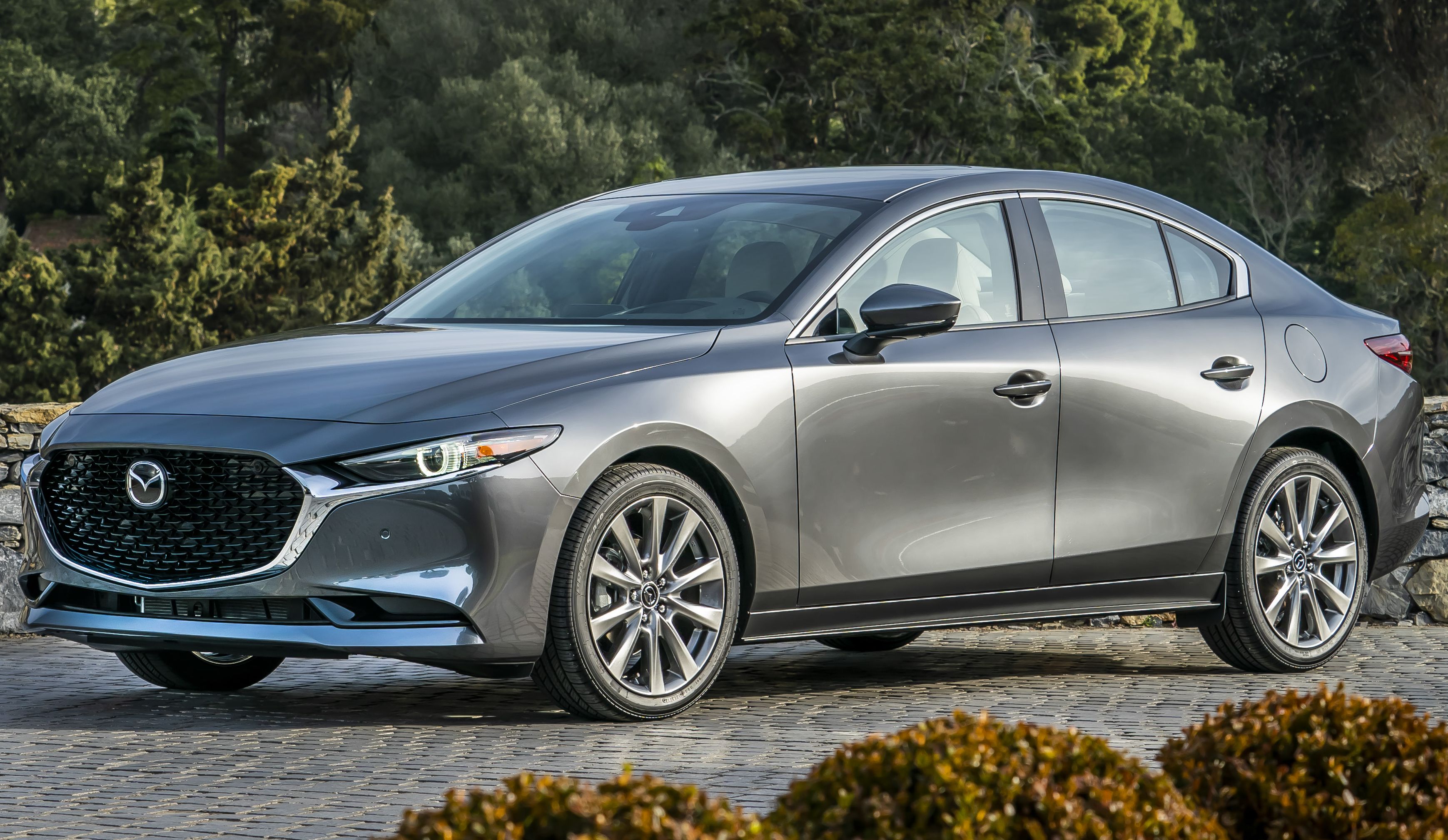
5. **Mazda MPV: The Sporty Van That Lost Its Way (and Its Value)**Remember the Mazda MPV? It was an interesting, perhaps even quirky, entrant into the minivan segment for a while. Mazda, known for injecting a bit of ‘zoom-zoom’ into its vehicles, tried to bring a sportier, more car-like driving experience to the family hauler market. The MPV was generally smaller and handled a bit more dynamically than its bulkier competitors, aiming to appeal to families who still wanted a touch of driving pleasure alongside practicality. It truly tried to be different, but in the minivan world, different doesn’t always translate to lasting value.
One of the primary reasons the MPV struggled to become a top contender, and therefore retain its value, was its size. In a segment where maximum interior space and passenger capacity are often king, the MPV felt a bit constrained. Compared to the cavernous interiors of minivans like the Odyssey or Sienna, the MPV simply offered less room for families needing to haul a full complement of kids, gear, and groceries. While its compact dimensions worked for some urban families, the majority of minivan buyers consistently preferred larger vans that offered greater flexibility and undeniable comfort for longer journeys.
Reliability, or rather the perception of it, also played a role. While Mazda has a strong reputation for building engaging and reliable passenger cars, the MPV didn’t quite build the same ironclad trust in the minivan segment as its Japanese rivals. Families, when investing in a vehicle designed to ferry precious cargo for many years, tend to err on the side of caution and opt for brands with an almost legendary reputation for longevity and trouble-free ownership. This meant many potential buyers simply found stronger, more reassuring options elsewhere, hurting the MPV’s long-term appeal and, consequently, its resale prospects.
Ultimately, Mazda decided to discontinue the MPV, pulling it from their lineup without a direct successor in the minivan category. This decision, while perhaps logical for the company, effectively sealed the MPV’s fate in the used car market. Without new models to generate ongoing interest or maintain brand presence, the resale values of existing MPV units began to fall even faster. Today, it’s a rare sight on the roads, and demand for it in the used market remains extremely low, making it one of the quickest depreciators in the minivan category.
So, even though the Mazda MPV bravely offered a unique blend of car-like handling and family practicality, it ultimately couldn’t compete in a segment dominated by larger, more traditionally reliable vans. Its consistent struggle to gain widespread traction and its eventual discontinuation mean that its resale prices are consistently among the lowest for minivans. It’s a sad tale of a good idea that just didn’t quite fit the market’s needs, turning it into another ‘clown car’ on the depreciation roller coaster.
### Why Depreciation Matters: Don’t Let Your Minivan Be a Financial ‘Clown Car’ Encore!
Alright, we’ve walked through the five minivans that tend to lose their value faster than you can say “are we there yet?” But why should you, a busy parent or savvy car shopper, actually care about a car’s depreciation rate? It’s not just about bragging rights at the PTA meeting; understanding depreciation is a HUGE deal for your family’s finances and overall peace of mind.
Think about it: for most families, a car is one of the biggest purchases you’ll make after a house. And while a new car feels great, it starts losing value the moment you drive it off the lot. That value loss, or depreciation, is a very real, often hidden, cost of ownership. If your car loses value quickly, you could end up owing more on your loan than the car is actually worth, creating what’s called ‘negative equity.’ Nobody wants that kind of financial tightrope walk, especially when you’re balancing family budgets!
This is why insights from studies like the one by iSeeCars.com, which meticulously examined 800,000 five-year-old used cars, are so incredibly valuable. They don’t just tell us what’s happening; they reveal the trends that can save you real money. As iSeeCars Executive Analyst Karl Brauer smartly points out, while new car buyers often seek out premium badges and luxury features, the used car market doesn’t prioritize those traits to the same degree. This is why many luxury vehicles and early electric vehicles, for example, tend to drop in value quicker than mainstream brands. And, as we’ve seen, some minivans fall into this rapid depreciation trap too, even if they aren’t ‘luxury’ in the traditional sense.
So, what causes these minivans to become ‘clown cars’ of depreciation? It’s a cocktail of factors. Sometimes it’s the sheer volume of a model flooding the used market, like the Grand Caravan, where basic supply and demand work against its value. Other times, it’s a lack of innovation and modern features, as seen with the Voyager, making it less appealing compared to its more advanced siblings or rivals. Polarizing designs, as exemplified by the Quest, can also limit a vehicle’s broad appeal, shrinking the pool of potential buyers and driving prices down.
Reliability concerns, even if only perceived, are another huge value killer. Families need dependable transportation, and if a brand or model doesn’t have an ironclad reputation for longevity, buyers will often choose to invest their hard-earned money elsewhere, even if it means a higher upfront cost. And, of course, when a manufacturer discontinues a model, like the MPV or the original Sedona, it often signals to the market that the vehicle is no longer a priority, leading to a swift drop in value for existing units.
Understanding these market dynamics isn’t just about avoiding a ‘bad’ purchase; it’s about making a smart financial decision for your family. A minivan with strong resale value, like a Toyota Sienna or a Honda Odyssey, acts more like a savings account on wheels. When it’s time to upgrade, that retained value means a bigger trade-in, a larger down payment on your next vehicle, and ultimately, lower overall ownership costs. As Kelley Blue Book’s insights emphasize, recouping more money when you sell can mean an extra several thousand dollars in your pocket – money that can go towards your next ride or perhaps that long-overdue family vacation!
Car Model Information: 2005 Mazda MPV LX
Name: Mazda MPV
Manufacturer: Mazda
Aka: Mazda8 (2006–2016)
Production: 1988–2016
Class: Minivan
Categories: 1980s cars, 1990s cars, 2000s cars, All-wheel-drive vehicles, All articles with dead external links
Summary: The Mazda MPV (Multi-Purpose Passenger Vehicle) is a minivan manufactured by Mazda. Introduced in 1988 as a rear-wheel-drive model with optional selectable four-wheel drive, this was replaced in 1999 with a front-wheel-drive version with optional all-wheel-drive in some markets. Over one million MPV models have been produced since its introduction.
Get more information about: Mazda MPV
Buying a high-performing used car >>>
Brand: Mazda Model: MPV
Price: $6,448 Mileage: 106,151 mi.
So, the next time you’re eyeing that perfect family hauler, remember that it’s not just about the sticker price; it’s about the full ownership cycle. By choosing wisely, you can ensure your family minivan isn’t just practical and comfortable, but also a smart, financially sound decision that keeps your budget smiling for years to come. Don’t let your next minivan be a ‘clown car’ that leaves you empty-handed at trade-in time!



